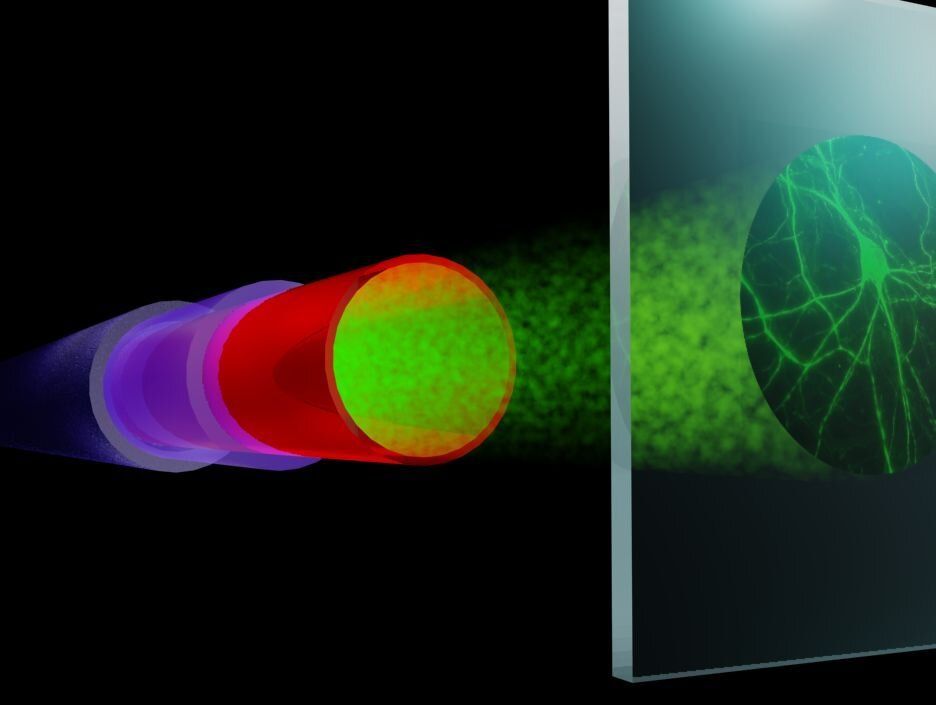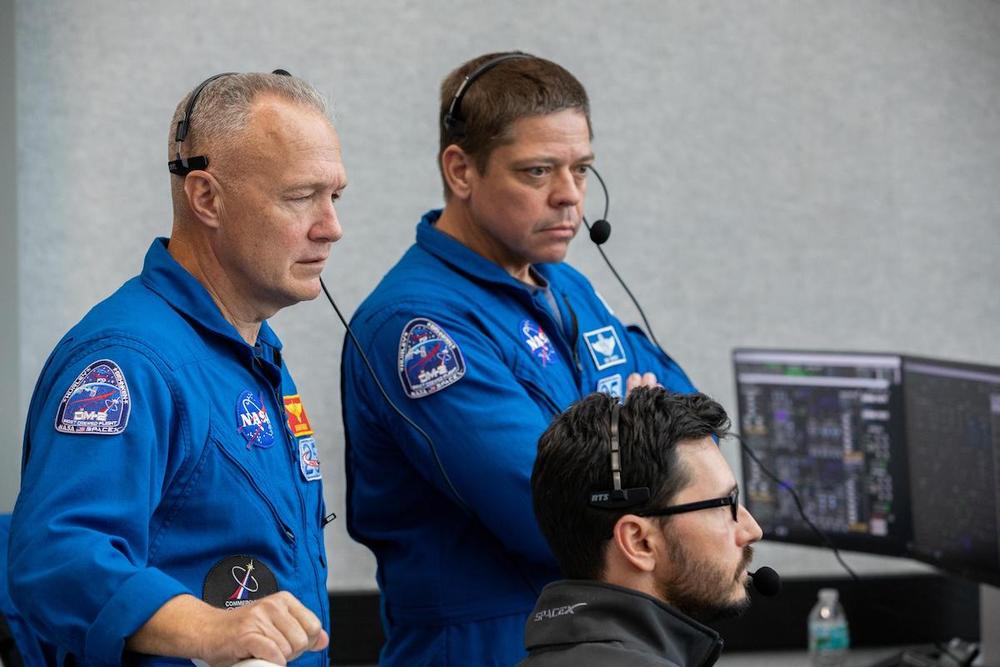“Cannabis extracts are showing potential in making people more resistant to the novel coronavirus, says an Alberta researcher leading a study.
After sifting through 400 cannabis strains, researchers at the University of Lethbridge are concentrating on about a dozen that show promising results in ensuring less fertile ground for the potentially lethal virus to take root, said biological scientist Dr. Igor Kovalchuk.”
But the absence of clinical trials remains a barrier, and funding from an increasingly cash-strapped cannabis industry isn’t there to fuel that, said Kovalchuk.
“We have clinicians who are willing to work with us but for a lot of companies in the cannabis business, it’s significant cash that they can’t afford,” he said.
The scientist emphasized the findings wouldn’t lead to a vaccine — something “less specific and precise” but nonetheless another possible weapon against COVID-19.








